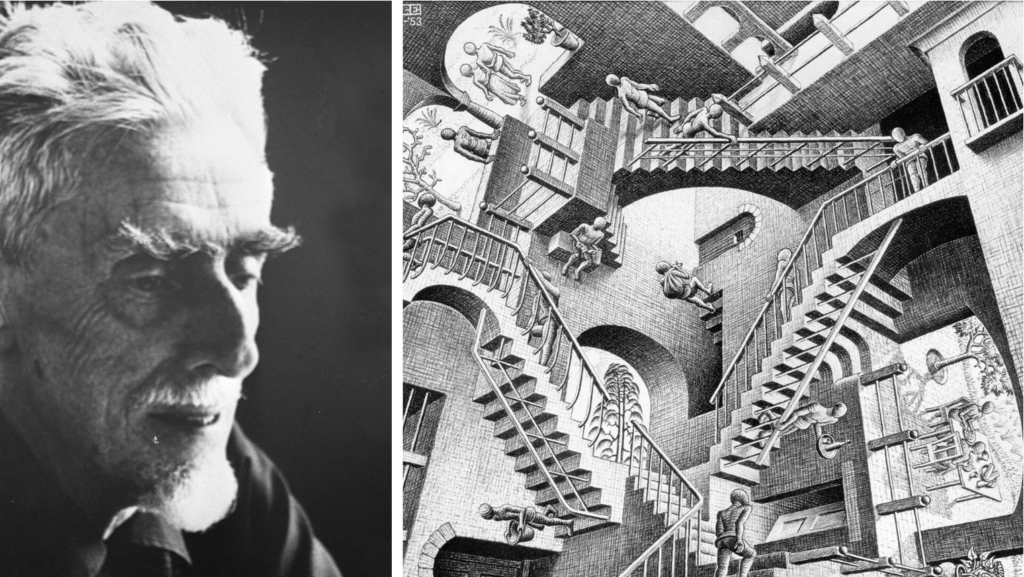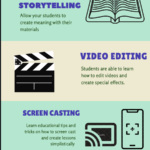KQED: Line
‘HAROLD AND THE PURPLE CRAYON’, BY CROCKETT JOHNSON, INTEGRATION WITH LANGUAGE ARTS
I would use this with early grades, from K-2.
ART WORK:
Lines Have Feelings:
This activity allowed our class to experiment with lines and develop our understandings of lines associated with feelings.

Instructions: We were given different prompts, as labels above, and we’re told to create our own version of the prompt in line form. Depending on how the line felt to us we all created different and unique lines associated with our emotions and feelings. This lesson could also be crossed with a music aspect and have students listen to various songs and draw lines they associate with the melody.
Materials:
- Piece of paper
- Pencil, marker, or sharpie.
Pastel Batik
This activity was very engaging and fun, and allowed us to test out our own lines and patterns.

Instructions: Have students use 3 lines of their own creations, such as, zig-zag, swirly, vertical, dotted. They chose a colour of construction paper, and use chalk to draw their lines on it, making sure they take up most of the room. The next step is to add thickness to the lines, and make the lines more expressive. How do the students lines express feelings? Using colourful oil pastes, have the students enhance the feeling of the artwork. Students will share feelings and colours with other students. Then they will colour all of the spaces that do not have chalk. The next step is for the teacher to run cool water over the construction paper to remove the chalk, rubbing and extra pressure may be required to remove all of the chalk. Once all pieces are done, gather and discuss everyones artwork, and show the unique lines everyone created.
Materials:
- Coloured construction paper
- White chalk
- Oil Pastels
- Sink or bathtub and paper towel
Artist: M. C. ESCHER

Escher’s explores artwork through symmetry, patters, value and space. He encompasses mathematical and geometric within his art giving it a sense of realism. He studied architecture before art and gives contexts to most of his artwork and inspirations.
Unit Plan Line and Movement (Grade 7)



